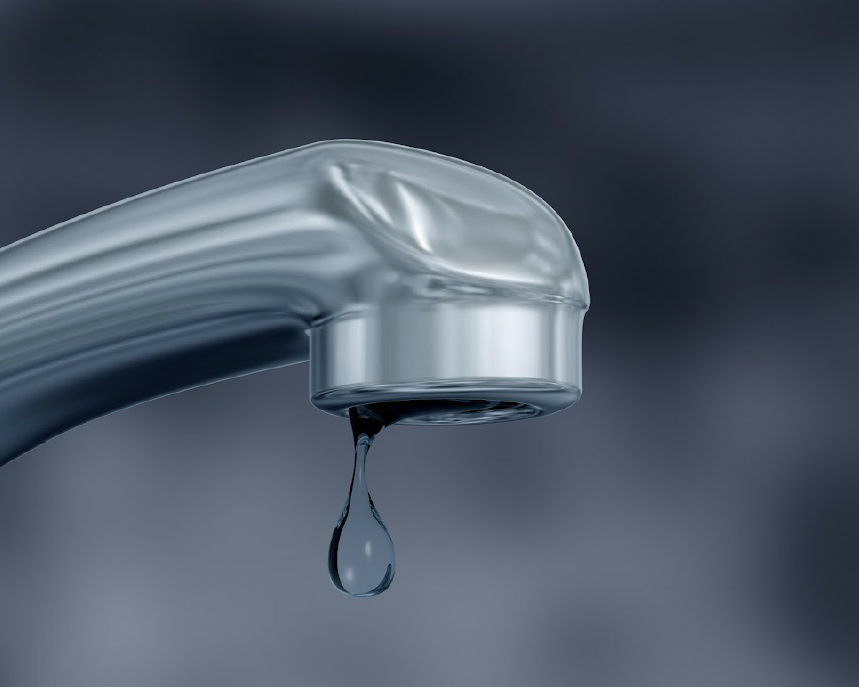Guide To Water Leakage Discovery In Your Home
Guide To Water Leakage Discovery In Your Home
Blog Article
The content which follows pertaining to Detecting hidden plumbing leaks is fairly interesting. Read it for yourself and figure out what you think of it.

Early detection of dripping water lines can minimize a potential catastrophe. Some small water leaks might not be noticeable.
1. Take A Look At the Water Meter
Checking it is a surefire way that aids you uncover leaks. If it moves, that shows a fast-moving leakage. This suggests you might have a slow-moving leak that might even be underground.
2. Examine Water Intake
Analyze your water expenses as well as track your water usage. As the one paying it, you need to observe if there are any type of inconsistencies. If you find sudden changes, despite your intake coinciding, it indicates that you have leaks in your plumbing system. Bear in mind, your water costs must drop under the same array each month. An unexpected spike in your costs suggests a fast-moving leak.
A constant boost every month, also with the same routines, shows you have a slow-moving leak that's additionally slowly intensifying. Call a plumber to extensively check your property, particularly if you really feel a cozy area on your floor with piping below.
3. Do a Food Coloring Examination
When it pertains to water intake, 30% comes from commodes. Test to see if they are running correctly. Drop flecks of food shade in the container and wait 10 minutes. There's a leak in between the storage tank and also bowl if the shade in some way infiltrates your dish throughout that time without flushing.
4. Asses Exterior Lines
Don't neglect to examine your outside water lines as well. Ought to water seep out of the link, you have a loosened rubber gasket. One tiny leak can lose heaps of water as well as spike your water costs.
5. Assess the circumstance and evaluate
Home owners ought to make it a habit to inspect under the sink counters and also inside cupboards for any bad odor or mold and mildew growth. These 2 red flags show a leak so punctual interest is required. Doing regular inspections, also bi-annually, can save you from a significant problem.
Extra significantly, if you recognize your house is currently old, keep a watchful eye on your heating systems, hose pipes, pipelines etc. Check for discolorations and also compromising as many pipes as well as appliances have a life span. They will additionally naturally weaken as a result of wear and tear. Do not wait for it to escalate if you presume dripping water lines in your plumbing system. Call a professional plumber right away so you don't wind up with a terrible mess in your home.
Early discovery of dripping water lines can minimize a possible disaster. Some tiny water leaks may not be visible. Inspecting it is a guaranteed means that assists you find leakages. One small leakage can throw away tons of water and also increase your water costs.
If you suspect leaking water lines in your plumbing system, don't wait for it to escalate.
WARNING SIGNS OF WATER LEAKAGE BEHIND THE WALL
PERSISTENT MUSTY ODORS
As water slowly drips from a leaky pipe inside the wall, flooring and sheetrock stay damp and develop an odor similar to wet cardboard. It generates a musty smell that can help you find hidden leaks.
MOLD IN UNUSUAL AREAS
Mold usually grows in wet areas like kitchens, baths and laundry rooms. If you spot the stuff on walls or baseboards in other rooms of the house, it’s a good indicator of undetected water leaks.
STAINS THAT GROW
When mold thrives around a leaky pipe, it sometimes takes hold on the inside surface of the affected wall. A growing stain on otherwise clean sheetrock is often your sign of a hidden plumbing problem.
PEELING OR BUBBLING WALLPAPER / PAINT
This clue is easy to miss in rooms that don’t get much use. When you see wallpaper separating along seams or paint bubbling or flaking off the wall, blame sheetrock that stays wet because of an undetected leak.
BUCKLED CEILINGS AND STAINED FLOORS
If ceilings or floors in bathrooms, kitchens or laundry areas develop structural problems, don’t rule out constant damp inside the walls. Wet sheetrock can affect adjacent framing, flooring and ceilings.
https://www.servicemasterbyzaba.com/blog/how-to-detect-water-leakage-in-walls/

As an enthusiastic person who reads about Detecting hidden plumbing leaks, I figured sharing that piece of content was a good thing. Remember to take the time to share this entry if you appreciated it. I am grateful for your time. Don't hesitate to visit our site back soon.
Report this page